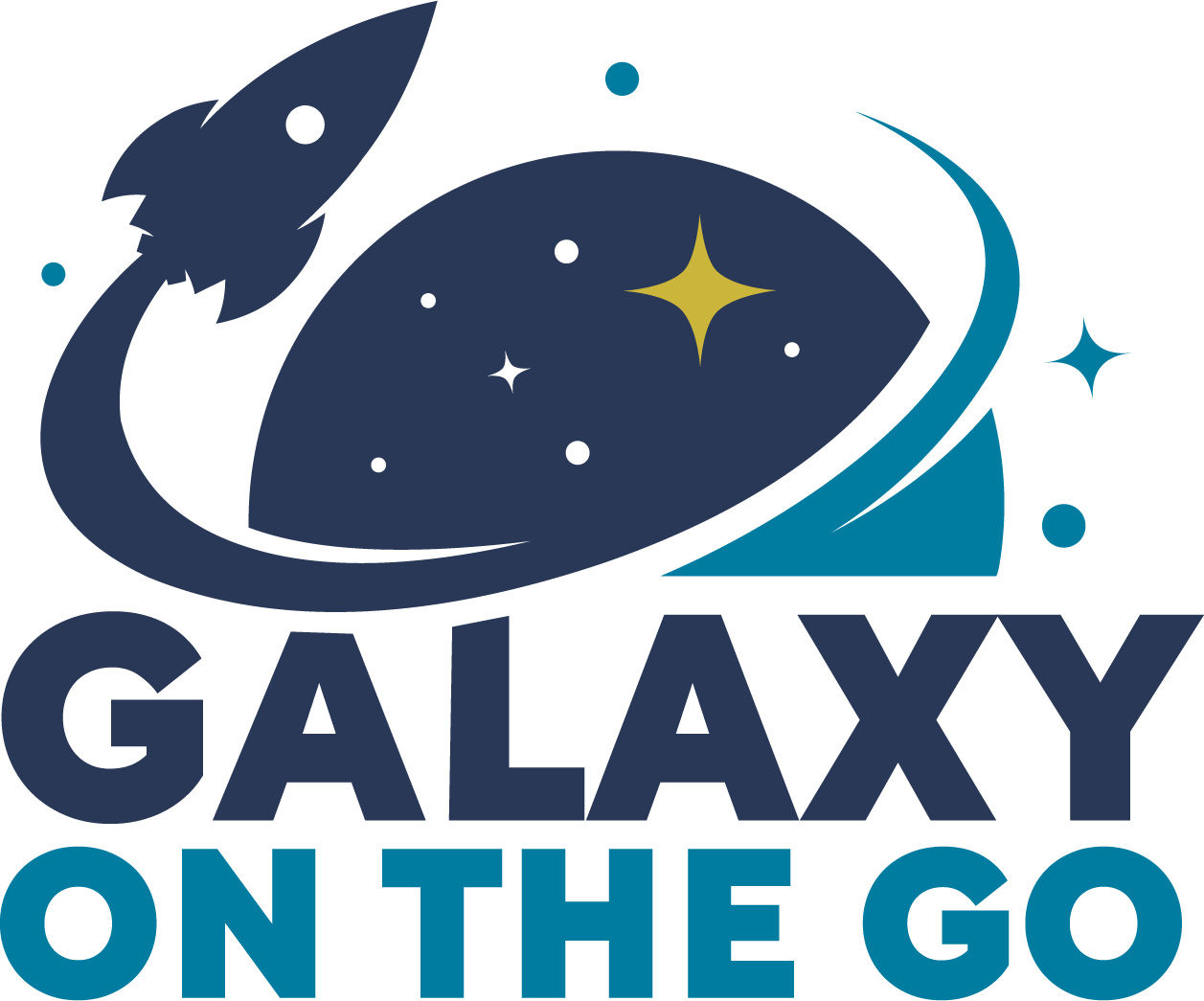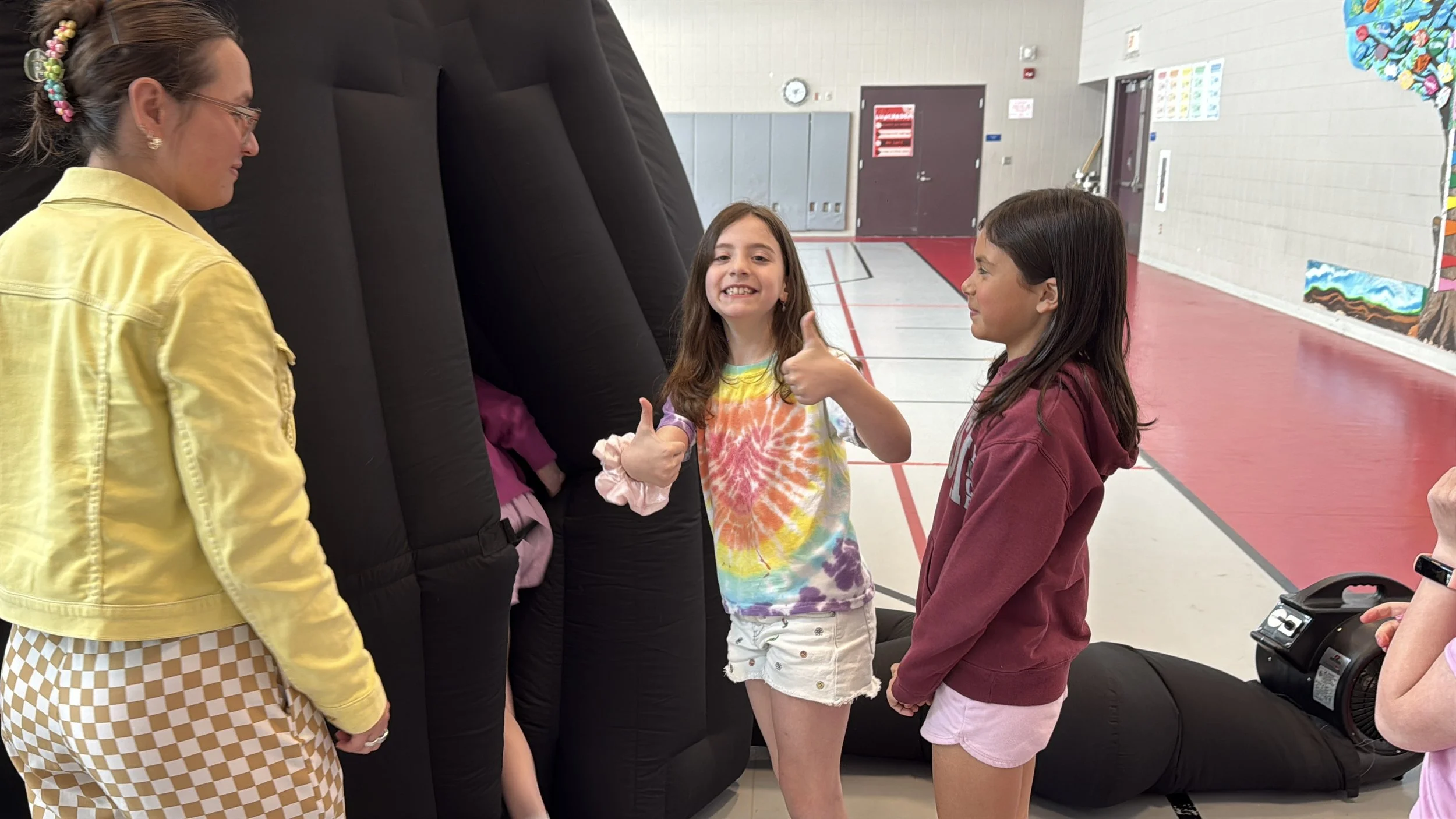Here’s the list of our currently available interactive lessons—these are the lessons taught by our presenter in the dome.
We also have access to a wonderful library of full-dome videos produced by the science centers and universities across the globe.
You don’t need to select lessons for our visit—you can choose specific lessons if you like, but we are happy to select the best lessons for your group, even choosing different ones grade by grade.
Night and Day Grades Pre-K*–2
Earth’s rotation creates day and night and makes the Sun, Moon, and stars appear to move.
Constellation Myths Grades Pre-K–12 *TOP 3 MOST REQUESTED LESSON*
Constellation stories from different cultures connect pictures in the sky with human legends.
The Planets Grades 1–8
A closer look at each planet’s characteristics and notable moons.
Moon Phases Grades 2–5
The Moon’s changing appearance comes from its monthly orbit around Earth.
Finding Your Way Around the Sky Grades 2–8 *TOP 3 MOST REQUESTED LESSON*
Learn simple star patterns, like the Big Dipper, and how to use Polaris to find north.
Solar System Overview Grades 4–8
A tour of the Sun, planets, and small bodies, plus the overall layout of the Solar System.
A Real Total Solar Eclipse Grades 4–8
Explains solar eclipses, safe viewing, and context from the 2017 U.S. event.
A Change of Season Grades 5–8
Earth’s tilt and revolution change the Sun’s angle and daylight, producing the seasons.
Eclipses Grades 5–8
The Sun–Earth–Moon geometry creates solar and lunar eclipses, both partial and total.
Meteors, Asteroids, and Comets Grades 5–8
What asteroids, comets, and meteors are, where they come from, and why meteor showers happen.
Milky Way Galaxy Grades 5–9
The structure of the Milky Way, our location in it, light pollution, and the nearby Andromeda galaxy.
Astronomy of the Americas Grades 5–12
An overview of Indigenous North American sky knowledge, including traditions of the Hupa, Plains, Anasazi, Maya and Inca cultures. This is a longer, multi-part lesson that will be shortened for your students with a focus on a portion of the lesson that’s grade appropriate.
Planetary Motion Grades 6–12 *TOP 3 MOST REQUESTED LESSON*
Why planets show retrograde motion and how the heliocentric model explains it.
Seasonal Constellations Grades 6–12
Which constellations are visible in each season, including circumpolar stars and the zodiac band.
Lifecycle of Stars – Beginnings Grades 6–12
How stars form from interstellar gas and dust clouds into protostars.
Star Properties and Life Cycle Grades 7–12
Star brightness, size, color, fusion, and how mass determines a star’s life path.
Orders of Magnitude Grades 7–10
A powers-of-ten journey from Earth out to galaxies and large-scale structure to grasp cosmic size.
Exoplanets Grades 7–12
How we detect planets around other stars and identify which might be habitable.
Lifecycle of Stars – Birth Grades 7–12
Fusion ignition, main-sequence equilibrium, and why some objects become brown dwarfs.
Lifecycle of Stars – Low Mass Stars Grades 8–12
The evolution of red dwarfs and their path to white (eventually black) dwarfs.
*Please note that while some of these lessons, like Night & Day and Constellations & Stars Lore, can be adapted for pre-K and kindergarten, we recommend the 25-minute full-dome “One World, One Sky” film produced by Sesame Workshop for these age groups. (It’s popular at science centers across the globe, including the Smithsonian’s National Air and Space Museum.)
Available Planetarium Lessons For Pre-K Through 12th Grade
LAUNCH YOUR MISSION
Fill out this form and we’ll be in touch promptly with availability and pricing. We look forward to bringing the universe to you.
You can also email us at hello@galaxyonthego.com or give us a call at (847) 920-STAR (7827)


